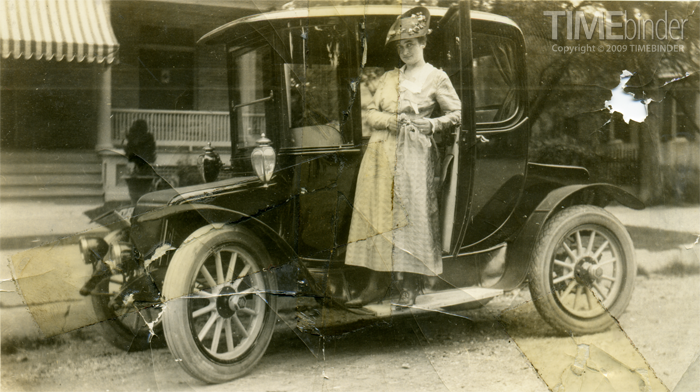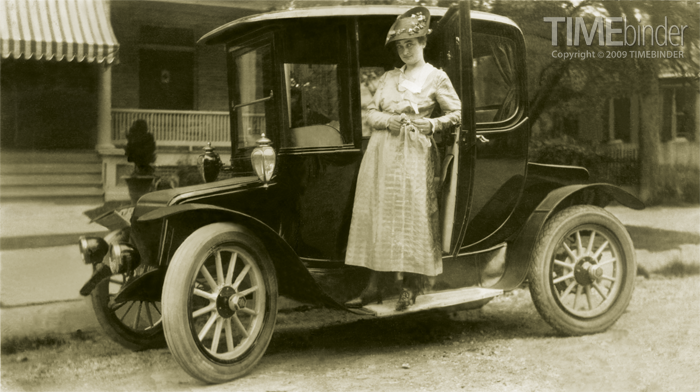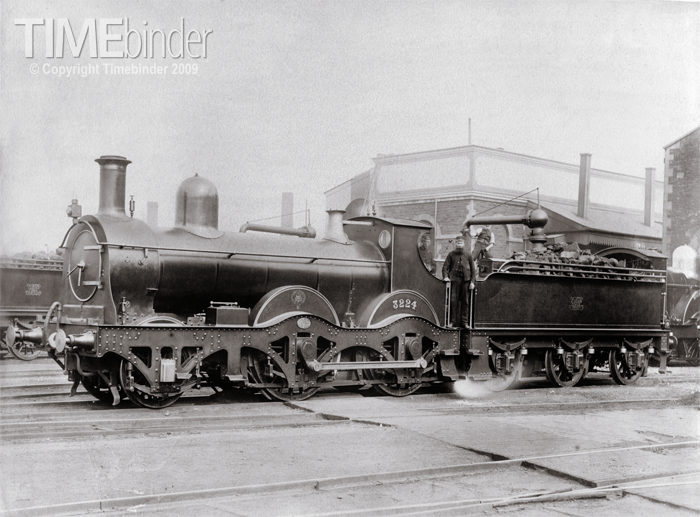Blessed Assurance
 Wednesday, June 10, 2009 at 9:52PM
Wednesday, June 10, 2009 at 9:52PM 
When I came across this photograph, I stopped and stared. How could I not? Such a direct gaze is relatively rare at any time, and certainly in a woman of the 1880s. Cool, self-assured, leaning back, one hand in her lap and the other curled around the chair back – here is a woman comfortable with herself and aware of how she appears to others. You can't help but wonder what circumstances in life made her this way: money, education, social standing, a position of responsibility, her accomplishments, the respect of her associates?
This is a studio setting; she had rapport with the photographer because such images don't just happen.








